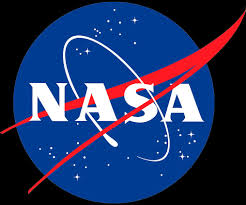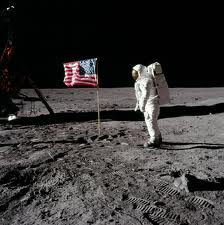On my drive home from work today, I listened in to an interesting – yet bizarre – topic. Apparently NASA is running a study where you can earn $15,000 for laying in bed. Sounds pretty cushy, but when you learn that the study is designed to help them investigate the effects of zero gravity on muscle atrophy and potential bone density loss, it might cause you to pause before leaping at the chance to participate. It also might make you think twice when you find out that the study lasts just over 3 months.
After looking around a bit, it appears that this line of investigation has been going on for at least a few years at NASA (2004 is the start date that I found). Here‘s a brief description that I found for one of the studies (this description was taken from NASA’s website at the time, but the current version I found was a bit different):
“During the (first 15 days) of the study, participants will be free to move around inside the bed rest facility and do normal things. They will also take part in a number of tests to find out the normal state of their bone, muscle, heart and circulatory system, brain and nervous system, and vestibular (inner ear balance) system as well as their nutritional condition and their ability to fight off infections.
After the first 11-15-day period, participants will spend 60 days lying in bed, (except for limited times for specific tests) with their body slightly tilted downward (head down, feet up). Every day, they will be awake for 16 hours and lights out (asleep) for 8 hours. During the bed rest time they will also take part in a number of tests to find out changes in the state of their bone, muscle, heart and circulatory system, and nervous system, as well as their nutritional condition and their ability to fight off infections.”
I wasn’t able to find that exact study on NASA’s current website. However, I did find what appears to be the next round of the same (or at least a very similar study). It looks like maybe in this newer version has an exercise and a non-exercise group to spend either 97 or 105 days horizontal in bed, slightly inverted. My educated guess is that they want to observe how each group fares after this extended period – do those who get a specific exercise routine wind up with less muscle atrophy and bone density loss? Current study here.
Now, as I said in the beginning, NASA is willing to pay. And pay a decent amount: $15,000. But would it be worth it?
The money:
$15,000 in about 3 months isn’t a bad chunk of change. You’d be making around $60,000 a year at that pace. So if you’re making substantially less than that, then maybe it’s worth considering for the money. But you have to remember that this is temporary (so don’t go quitting your $45,000 a year job, because when NASA’s $15,000 is gone, it’s gone!). Maybe if you’re in between jobs or in a low-paying job where you could easily get rehired at a similar rate after the 3 months, then you may want to consider this.
Time:
Three months – actually 97 or 105 days in the current study offered – is a long time. I think that’s something that a lot of people may underestimate. And even though NASA gives you access to television, video games, internet, and visitors (though no conjugal visits per NASA officials), I still think it would be incredibly difficult to endure such a long time spent in a room lying down. In the same interview with NASA officials, they do recommend that people who participate come in with some type of big goal in mind – to learn a language for example. But when I think about all of the things that often happen in a typical three month span, it’s hard for me to imagine missing out on everything!
Health:
This should probably be one of your biggest considerations! The study is designed to simulate zero gravity and hopefully give researchers insight into muscle atrophy and bone density loss that may be associated with space travel. That means that, yes, your body will have some of those effects. Are they permanent? Well, in the interview with the NASA official, she seems careful in her answer, making sure to just mention that a “significant number” get back to normal bone density levels. The final two week period of the study is actually designed to re-acclimate the individual to being upright and regaining some of their lost strength. They also do a couple more check-ins several months later to make sure that people are recovering as fully as possible. Still, when the study is designed to mimic muscle and bone density loss, be advised that there are real physical and health effects.
But maybe the only thing that matters is that you are helping out NASA and fulfilling your childhood dream of being an astronaut (to some extent anyway).
What do you think? Worth it or not, and why?!?
This immediately made me think of this “isolation test” scene from the movie RocketMan. It is absolutely hilarious…I just imagine this scene (1 day) multiplied by 90 or 100 in the above study (even though they’re not actually isolated)!

